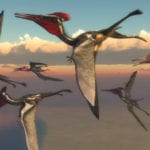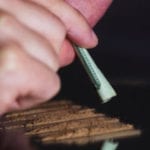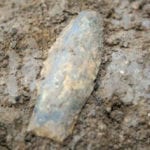 History
History  History
History  Animals
Animals Ten Times It Rained Animals (Yes, Animals)
 Mysteries
Mysteries 10 Devastating Missing Child Cases That Remain Unsolved
 Creepy
Creepy 10 Scary Tales from the Middle Ages That’ll Keep You up at Night
 Humans
Humans 10 One-of-a-kind People the World Said Goodbye to in July 2024
 Movies and TV
Movies and TV 10 Holiday Movies Released at Odd Times of the Year
 Politics
Politics 10 Countries Where Religion and Politics Are Inseparable
 Weird Stuff
Weird Stuff 10 Freaky Times When Famous Body Parts Were Stolen
 Miscellaneous
Miscellaneous 10 Interesting Things Manufacturers Stopped Making and Why
 Gaming
Gaming 10 Funny Tutorials in Games
 History
History 10 Desperate Last Stands That Ended in Victory
 Animals
Animals Ten Times It Rained Animals (Yes, Animals)
 Mysteries
Mysteries 10 Devastating Missing Child Cases That Remain Unsolved
Who's Behind Listverse?

Jamie Frater
Head Editor
Jamie founded Listverse due to an insatiable desire to share fascinating, obscure, and bizarre facts. He has been a guest speaker on numerous national radio and television stations and is a five time published author.
More About Us Creepy
Creepy 10 Scary Tales from the Middle Ages That’ll Keep You up at Night
 Humans
Humans 10 One-of-a-kind People the World Said Goodbye to in July 2024
 Movies and TV
Movies and TV 10 Holiday Movies Released at Odd Times of the Year
 Politics
Politics 10 Countries Where Religion and Politics Are Inseparable
 Weird Stuff
Weird Stuff 10 Freaky Times When Famous Body Parts Were Stolen
 Miscellaneous
Miscellaneous 10 Interesting Things Manufacturers Stopped Making and Why
 Gaming
Gaming 10 Funny Tutorials in Games
10 Unusual Facts And Finds Involving Eggs
Eggs may seem boring to the average person. But do not be fooled. These pointy objects can communicate in the nest and explode in the face of the unwary.
Mammal eggs may lack shells, but they have their moments. Conception is a sparkly business, and mouse eggs once held a mammoth. Then there was the albatross with the egg streak and the unexpected reason why eggs look the way that they do.
10 Penguin Dads Are Hot
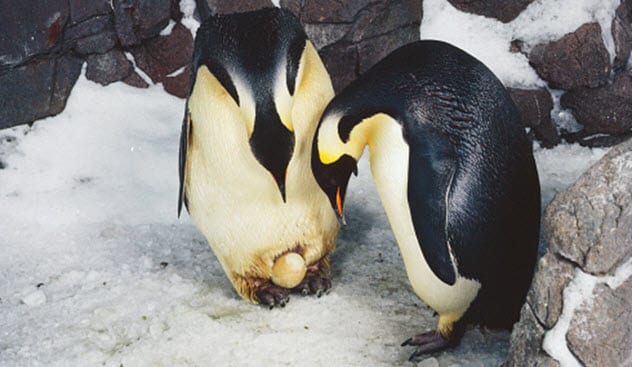
Emperor penguins (Aptenodytes forsteri) leave incubation to the guys. The female deposits an enormous egg and then leaves for months to hunt and replenish herself from the toll the egg took on her body.
Scientists were curious about the species, being the only penguins that breed during Antarctica’s killer winters. As it turns out, the dutiful dads are hot stuff. Their feathers are thickly insulated against the cold. They also have a “brood pouch,” which is a naked piece of skin on the abdomen. This puts the egg in direct contact with the adult’s heat.
Incredibly, the pouch has neurons telling the male when the egg needs more warmth. The dads also keep their unborn off the ice by balancing the egg on their feet.[1]
For extra heat, they lift their feet off the ice and balance on their tails—a posture they can maintain for months. Finally, the males conglomerate in colonies to snuggle, warming the surrounding air to 35 degrees Celsius (95 °F).
The reward of nesting in winter is a good one. Chicks hatch in the spring when there is no shortage of fish for them to gorge on.
9 Why Eggs Are Egg-Shaped
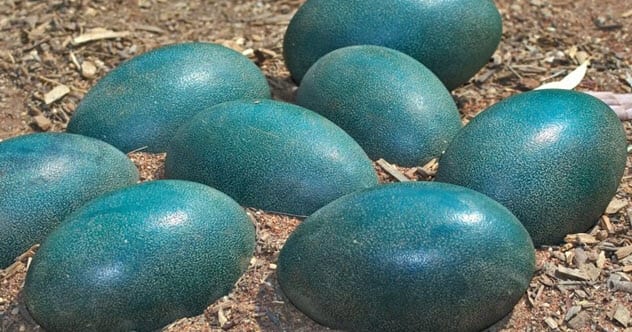
Nobody knows why eggs look the way that they do. In 2017, scientists decided to dig for answers inside a comprehensive study. They rooted through 49,175 images of eggs produced by 1,400 species, both living and extinct. Adult behavior and abilities were also taken into account. At the end of the day, the traditional explanations failed to satisfy.
Previously, it was suggested that eggs are pointy to prevent them from rolling away from the nest or to make laying easier for females. Instead, there was ample evidence that the shape evolved to simply fit better inside the parent’s aerodynamic body.
The stronger, better fliers had the longest and pointiest eggs. Since flight excellence seems to be a factor, this could also explain why certain land-dwelling birds, like the ostrich, hatch from squat orbs.[2]
8 Why Microwaved Eggs Explode
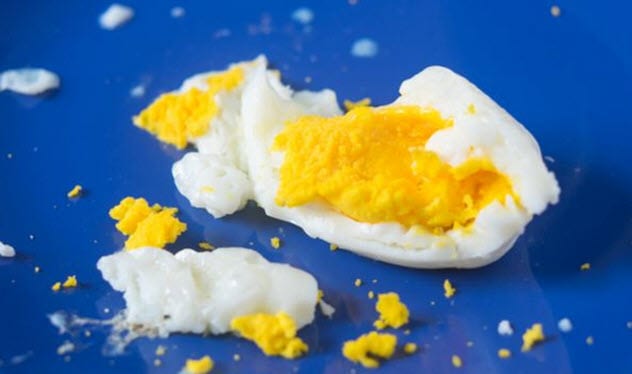
Not everyone likes cold hard-boiled eggs. A turn in the microwave seems attractive, but biting into a reheated egg can have explosive consequences. In recent years, a team of scientists microwaved almost 100 hard-boiled eggs to find out why they explode when pierced.
Some went off like grenades while inside the microwave, but the survivors were removed and placed on the floor. The eggs were then stabbed with a meat thermometer, causing more to burst violently. Since shelled eggs also exploded, steam pressure rupturing the inside of the shell was ruled out.
The yolk provided a clue. The thermometers both pierced and took the eggs’ temperatures. The team discovered that the yolk heated up faster than the surrounding water.
The water probably became trapped in pockets of hardening protein. This prevented the water from turning into steam. When a hole opens, either from a bite or a tool, the water escapes to the void. This disrupts the entire setup within the egg. All the pockets rupture simultaneously, which pops the egg and flings goo all over the place.[3]
7 The Brain Egg
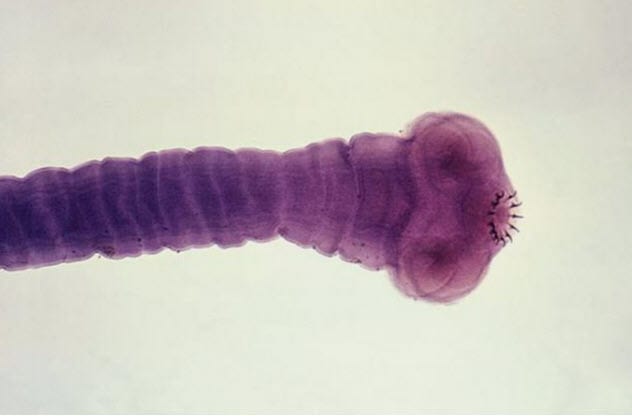
When Rachel Palma started forgetting words and dropping her coffee, she made a doctor’s appointment. In 2019, the 42-year-old was given a brain scan and the news was not good. A strange lesion suggested that Palma had a large, malignant tumor.
Fearing aggressive cancer, she was wheeled into a New York hospital to have the tumor removed. However, when surgeons opened her skull, they were unprepared for what they saw.
Malignant neural tissue is usually soft-looking. Palma’s “tumor” looked more like a quail’s egg. It turned out to be a cyst. While technically not an egg, there was a baby inside. It was a pork tapeworm (Taenia solium).[4]
The cancer diagnosis changed to neurocysticercosis, a disease caused by eating the microscopic eggs of this parasite. They normally flourish in Third World countries and in undercooked meat.
Palma had neither traveled abroad nor eaten risky food. How she became infected remains a mystery, but everyone preferred the worm to the alternative. The surgery returned her to perfect health.
6 Wisdom’s Epic Egg Streak

Wisdom is the oldest-known bird. The Laysan albatross (Phoebastria immutabilis) was captured in 1956 on the Midway Atoll near Hawaii. She was given a tracker band and released.
Wisdom’s exact age was not known. However, this was her first appearance on the atoll and that placed her between five and six. At that age, albatrosses return to this breeding site to mate for life.
Wisdom vanished for years and briefly returned in 2001. That was not unusual. Each breeding pair raises a single chick that comes with great demands. It is so exhausting that albatrosses do not breed every year.
But when Wisdom arrived with her mate, Akeakamai, in 2006, the pair soon had the world’s attention. Every year, they raised a chick on the Midway Atoll. Their offspring count could be as high as 36—a valuable contribution to a species with single eggs and irregular breeding.
Wisdom’s latest egg hatched in 2019 when she was an estimated 68 years old. That’s a remarkable age, given that Laysan albatrosses rarely live past 50.[5]
5 Goldilocks Zone May Save Turtles
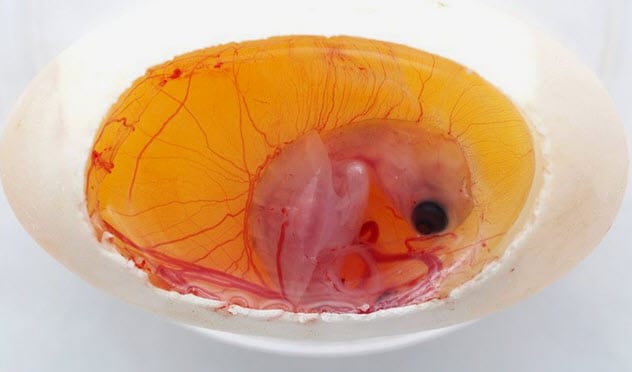
Depending on the temperature of their nest, some turtle species hatch as either males or females. Hotter conditions produce more girls. With global warming, fewer males are crawling out of eggs.
In 2019, researchers discovered that the reptiles could have a way to survive the dangerous gender imbalance. During an experiment, Chinese three-keeled pond turtle eggs were divided into different batches.
A number were coated with a chemical that prevented the embryos from sensing temperature. The eggs were then exposed to different temperatures. Unsurprisingly, those kept in hot conditions emerged as females while cold clutches produced boys.
However, this only happened with the uncoated eggs. The rest seemed attracted to the border between the two extremes—the “Goldilocks” zone. Like the fictional character’s porridge, it was neither too hot nor too cold. These batches birthed an almost equal number of males and females.[6]
Although the study could prove how turtles had survived past climate spikes, it remains controversial. Other scientists doubt that the embryos have the muscular ability to inch toward the Goldilocks zone.
4 The First No-Kill Eggs
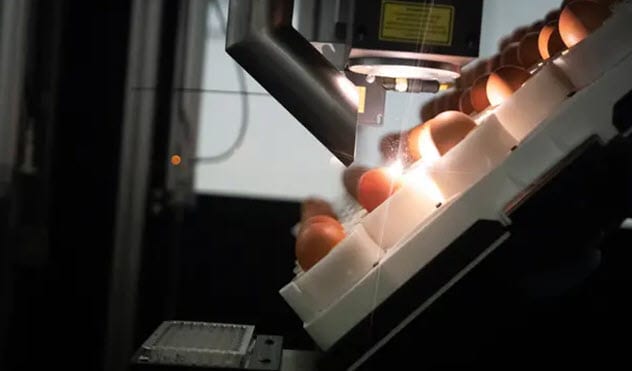
There is a market for chicken eggs. There will never be one for male chicks. Considered useless, as many as six billion newborn males are culled every year. The birds are suffocated or thrown alive into shredding machines to be processed into reptile food. There is growing pressure to stop this culling.
In 2018, the first “no-kill” eggs hit the shelves in Berlin. The eggs came from the first hens raised without the slaughter of their male siblings. They did not have any. This came after German scientists invented a process that reveals the sex of nine-day old embryos.[7]
First, a laser pierced a microscopic hole in the shell. A tiny amount of fluid was removed and tested with a color-changing chemical. Females turned white, and blue indicated a male. The process was quick and about 98.5 percent accurate.
Male eggs were painlessly destroyed and turned into animal feed. The technique is earmarked for installation in all independent hatcheries in Germany, and it could spread across Europe.
3 Conception Is Sparkly
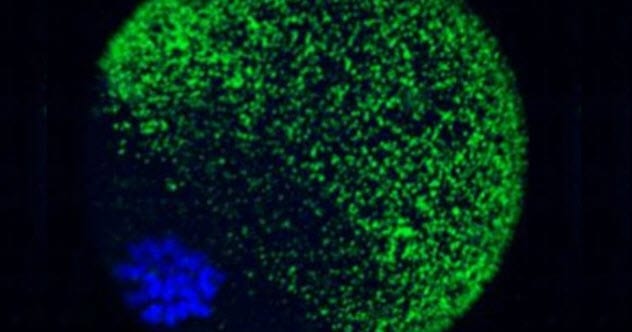
In 2014, scientists dyed the zinc inside mammal eggs fluorescent to find answers. They knew that eggs release a massive amount of zinc, but they didn’t know how it happened. The fluorescence allowed them to track the mineral’s movement. This led to remarkable things.
First, it became clear that a mammal egg is a zinc hoarder. A single egg holds 8,000 compartments, each loaded with a million zinc atoms. The team then fertilized the mouse eggs and were rewarded with fireworks.
At the exact moment of conception, the compartments released the atoms in waves resembling sparks. The show continued for almost two hours. Although this well-known “zinc spark” was not new, it was the first time that the event could be photographed. It would appear that releasing the zinc helps the egg to mature, become fertilized, and turn into a baby.[8]
2 Unborn Chicks Talk To Each Other
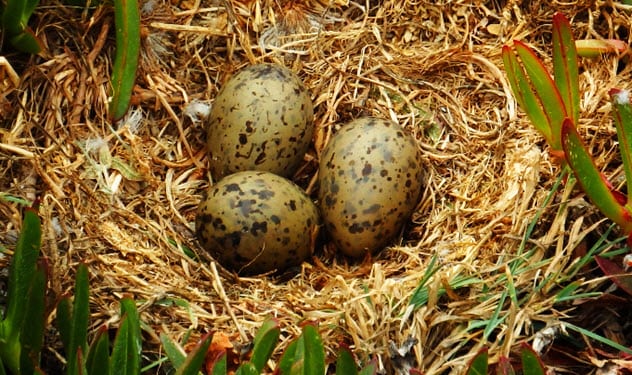
In 2019, researchers discovered that eggs are chatty. They raided nests of yellow-legged gulls (Larus michahellis) and divided the loot into groups of three.
From each clutch, two were removed on a daily basis and placed in a soundproof box. The target group listened to recordings of alarm calls made by adult gulls. Other trios acted as the control groups. However, two from each were also placed daily inside the box but received silence.
Afterward, all eggs were returned to their friend in the incubator. The same “third” eggs were always left untouched, and researchers would replace the returning two against it.
Interestingly, the eggs exposed to the adult calls vibrated more than the rest. They also took longer to hatch than the control group. The most fascinating results came from the third chicks in the target group that never heard the alarm calls.
As if waiting for a safer time, they also hatched late. They had more caution and stress hormones, mirroring those exposed to the sounds. Somehow, the other two had communicated danger to the third inside the egg, perhaps by vibrating their own.[9]
1 Yuka Woke Up Briefly
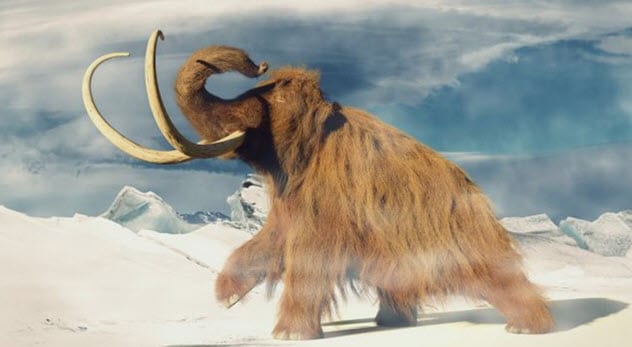
In 2011, the carcass of a woolly mammoth (Mammuthus primigenius) was unearthed in Siberia. The calf was named Yuka. In 2019, scientists extracted genetic material from the 28,000-year-old animal. They searched for undamaged nuclei. But considering the time the mammoth had been frozen, they had to settle for the least ravaged.
There were no perfect cells left. Decomposition, solar radiation, and thousands of years inside the permafrost had taken its toll. The idea was to insert the material into mouse eggs as the latter had the ability to copy DNA and divide into more cells.[10]
This mechanism was so perfect that the scientists merely inserted the mammoth nuclei into mouse eggs and then waited to see what happened. At first, it worked. The mechanism woke up the mammoth’s chromosomes. Several biological reactions followed, and just as things started to look good, everything crashed. The mouse eggs could not develop beyond a certain point because Yuka’s DNA was so damaged.
Read more fascinating facts about eggs on 10 Bizarrely Edible Eggs and 10 Glittering Facts About The Faberge Eggs.
